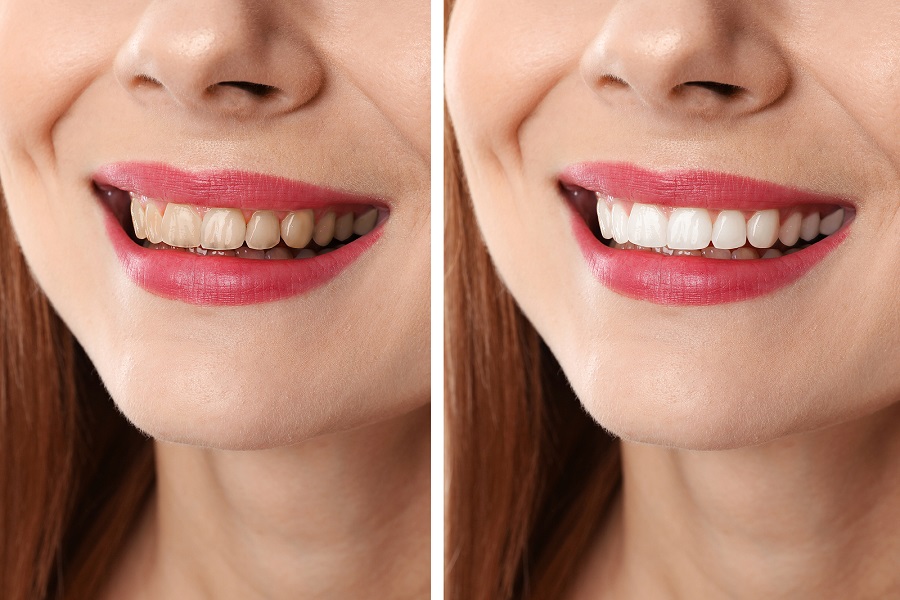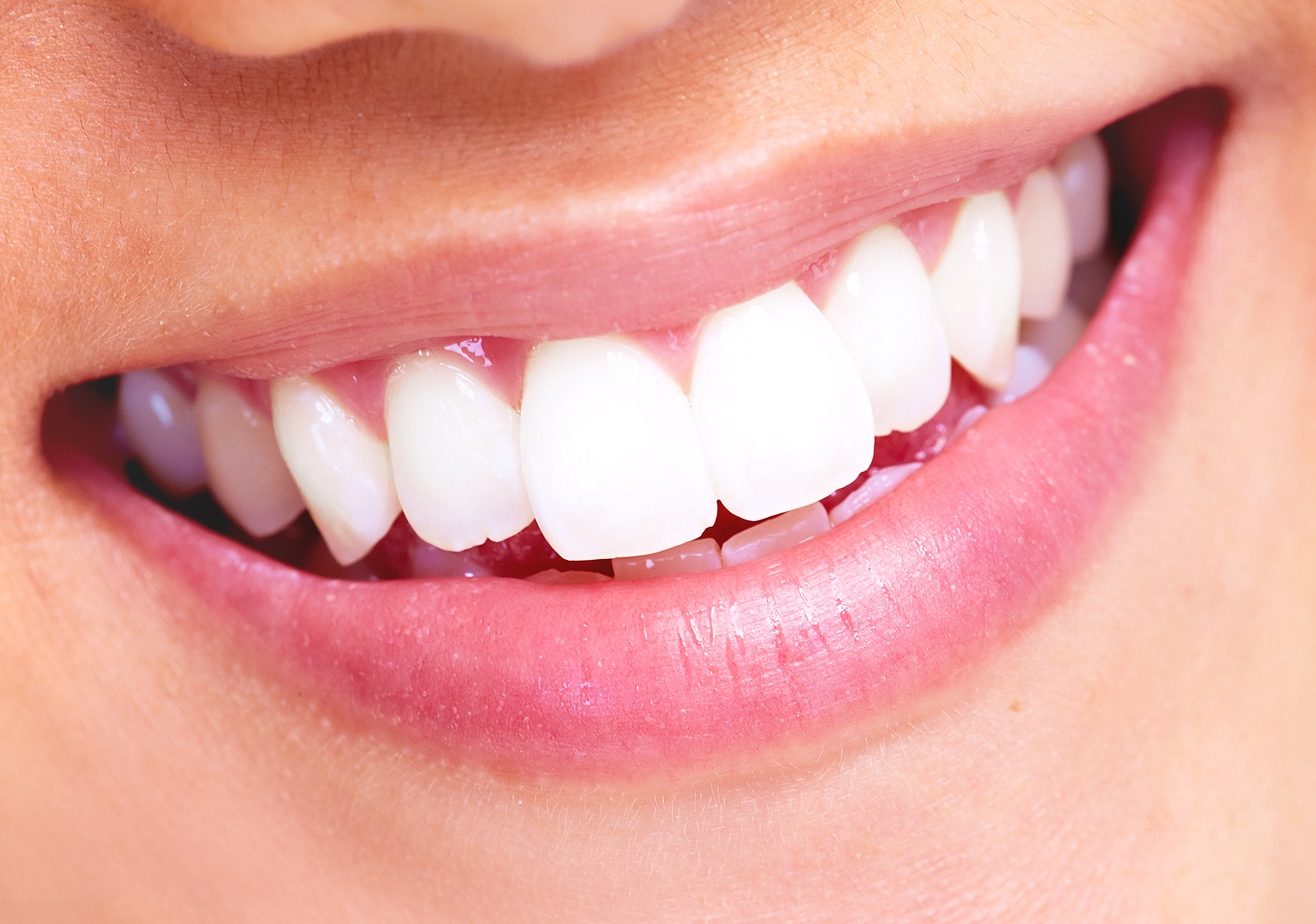TMJ: WHAT ARE YOUR TREATMENT OPTIONS?
TMJ disorders are short for Temporomandibular joint disorders. For those of us that suffer from this disorder, it can be just a nuisance or it can become an actual life-altering problem. In its less severe state, crunching down on a bite of hard food can cause shooting pain through the jaw joint. This is also called TMD which is short for Temporomandibular disorders. It can cause pain and poor function in the jaw joint. These are unpleasant, but not serious, and will usually subside over time. Those of us who suffer from severe TMJ, however, will truly experience debilitating effects. The disc within the jaw joint can slip out of position and prevent these sufferers from even opening their mouths more than 10 millimeters. The normal opening is approximately 50 millimeters so you can imagine the restriction that they can experience. The causes of TMJ/TMD are not always clear, but dentists believe that symptoms arise from problems with the jaw muscles or parts of the joint itself. Other possible causes can include grinding or clenching teeth, dislocation of the disc between the ball and socket of the jaw, arthritis of the TMJ, and stress, which can cause us to clench or grind our teeth and tighten our jaw muscles.
Common symptoms of TMJ/TMD disorder
When signs of TMJ/TMD surface they will usually include:
- Pain in the neck, jaw or face
- Pain in the chewing muscles or in the jaw joint itself
- Stiffness in the jaw muscles
- A jaw that will lock or that has limited movement
- Painful clicking, popping or grating in the jaw joint
- Changes in the fit between your upper and lower teeth
TMD/TMJ has been known to affect more than 10 million Americans, according to the National Institute of Health, and it also affects more woman than men. The question is, what are the treatment options for this condition? Your professional Phoenix cosmetic dentist is usually the first to see to consult and evaluate the problem. They can examine the teeth, jaw, head, neck and face. Panoramic x-rays may be done to view the entire jaw and joint. They will also do a medical and dental history to decide on the diagnosis and best course of treatment for your particular case of these disorders.
Treatment for TMJ/TMD disorder
In the past, a lot of people went to surgery right away to cure the problem and that is no longer the case. There are many non surgical procedures that have proved to be very effective and can manage these disorders. Studies by experts in the field of TMD and orofacial pain have proved that 95% of people do well with “professional medical management,” which include home-based self care, splints, short term medications, and physical therapy. Visits to health psychologists to help with relaxation and oral habits are also recommended. Splints are plastic mouthpieces that fit over the upper and lower teeth. They prevent the upper and lower teeth from coming together and lessen the effect of grinding or clenching your teeth. They may also help by correcting the bite by positioning the teeth in a less traumatic position. Muscle relaxants and anti-inflammatory medications can help relax tight jaw muscles and lessen inflammation. Try to keep teeth slightly apart as often as possible to relieve pressure on the jaw, and stay away from chewing gum! Avoid hard and crunchy foods and try to replace them with softer foods that don’t require you to open wide. Applying ice packs to the side of your face and doing simple stretching exercises for your jaw can also help. Finish with a warm washcloth for about 5 minutes. These home-based self care techniques have proven to be successful in the treatment of TMJ/TMD disorders. As always, contact your professional Phoenix cosmetic dentist for correct evaluation and treatment of these conditions should you feel you may have any jaw pain or issues.






















0 comments